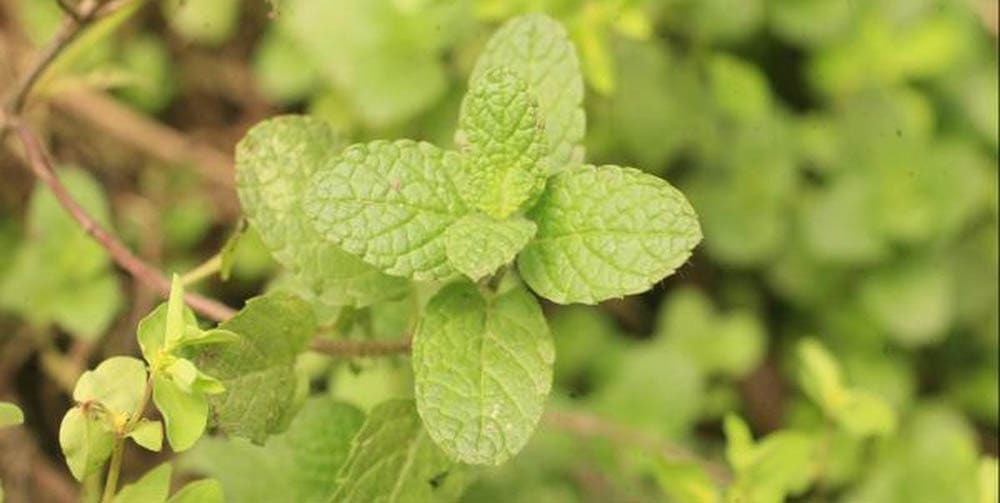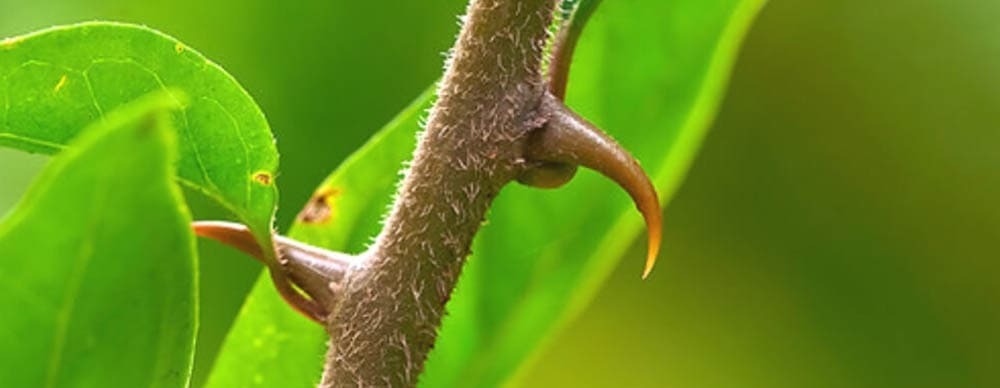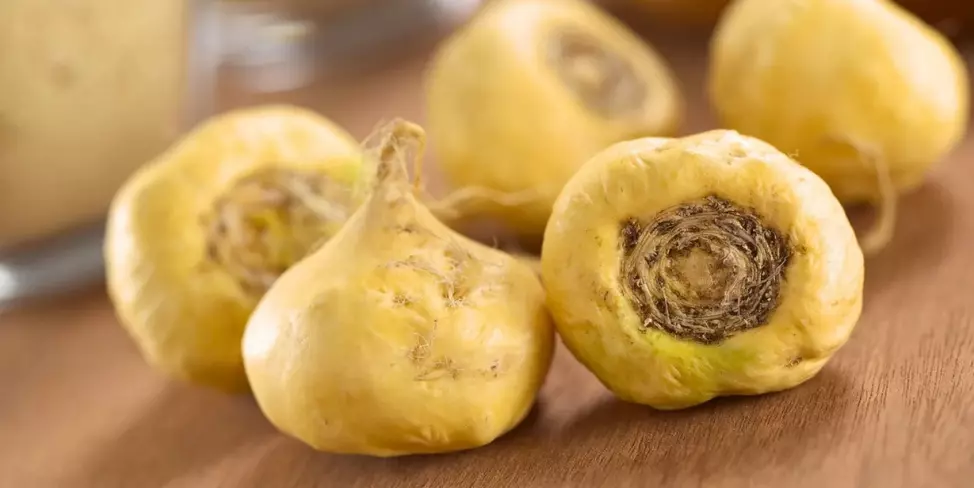Peru is one of the few countries that have a large pantry of natural supplies, capable of preventing illnesses, alleviating all kinds of ailments, and even gradually curing various chronic diseases. All these Peruvian medicinal plants, many from the Peruvian Amazon, have been surprising the world with the multiple benefits it offers the body. Peruvian medicinal plants are proof of this, several have reached high international demand for being considered as new natural alternatives to alleviate pain or discomfort that affects health.
The flora of Peru for its multiple ecological floors and ecosystems allows having more than 20,000 plant species, they constitute approximately 8% of the total existing on Earth; a large part of these plants are found in the Peruvian Amazon or the east, some of them have not even been botanically determined so far.
Some tours in Peru, where you can find this plants are: 4 day Inca Trail Tour, 2 day Inca Trail, Machu Picchu 3 day hike, 2 day Inca Trail with camping, One day Inca Trail, Lares Trek to Machu Picchu, Choquequirao to Machu Picchu Trek, Choquequirao Trek 4 Days, Choquequirao Trek 5 Days.

An important aspect is the medicinal, nutritional, and ritual use made by the Peruvian population of many of these Peruvian medicinal plants, approximately 5,000 plants have been identified botanically: most of them are native to our country (about 4,400) and some 600 species are introduced. Likewise, most of the native species used are wild and about two thousand are cultivated.
In traditional medicine, Peruvian medicinal plants have played a fundamental role as a means of curing diseases in people. Currently, especially rural communities use them, accumulating ancestral practices of selection, management, and conservation of knowledge that they have transmitted from one generation to another. This information has been important for the discovery of different medicines that we use today made from plants.
Here we leave you a list of medicinal plants of Perú, both native, including medicinal plants from the Peruvian Amazon, and widely used in this place although they are not native.
- Uña de gato (Uncaria tomentosa)
- Retama (Retama)
- Achiote (Bixa Orellana)
- Sacha inchi o maní jíbaro (Plukenetia volubilis)
- Hercampuri (Gentianella nitida y Gentianella alborosea)
- Cocona (Solanium sessiliflorum)
- Piñón negro (Jatropha gossypifolia L.)
- Piñón blanco o piñón de tempate (Jatropha curcas)
- Marañón, cajú o anacardo (Anacardium occidentale)
- Caigua (Cyclanthera pedata)
- Chancapiedra (Phyllanthus niruri)
- Graviola o guanábana (Annona muricata)
- Maca (Lepidium peruvianum y Lepidium meyenii)
- Sangre de grado (Croton lechleri)
- Yacón (Smallanthus sonchifolius)
- Valeriana (Valeriana officinalis)
- Verdolaga (Portulaca oleracea)
- Verbena (Verbena officinalis)
- Ungurahui (Oenocarpus bataua)
- Tahuari o pau d'Arco (Handroanthus serratifolius)
- Tamamuri (Brosimum acutifolium)
- Ayrampú o espino amarillo (Hippophae rhamnoides)
- Lagarto caspi (Calophyllum brasiliense)
- Camu camu (Myrciaria dubia)
- Amasisa (Erythrina)
- Rosa sisa (Tagetes erecta L.)
- Ayahuasca o yagé (Banisteriopsis caapi)
- Clavo huasca (Mandevilla scabra)
- Paico o epazote (Dysphania ambrosioides)
- Teta de vaca (Solanum mammosum)
- Toé (Brugmansia suaveolens)
- Muña (Minthostachys mollis)
- Hiporuro (Alchornea castaneifolia)
- Abuta (género Abuta)
- Ñucño pichana (Scoparia dulcis L.)
- Copaiba (Copaifera langsdorffii)
- Ajo sacha (Mansoa alliacea)
- Sacha culantro o cilantro cimarrón (Eryngium foetidum)
- Sacha mango (Grias neuberthii)
- Bolsa mullaca (Physalis angulata)
- Llantén (Plantago major)
- Malva (género Malva)
- Ojé (Ficus insipida)
- Cacao (Theobroma cacao)
- Cedro (Cedrus)
- Ubos o joo (Spondias mombin)
- Caña brava (Arundo donax)
- Guayusa (Ilex guayusa)
- Capirona (género Capirona)
- Chambira (Astrocaryum chambira)
- Chiric sandano (Brunfelsia bonodora)
- Guisador o cúrcuma (Curcuma longa)
- Huacapu (Minquartia guianensis Aubl.)
- Hierba santa (Piper auritum)
- Pichana albahaca (Ocimum micranthum)
- Chuchuhuasi (Maytenus laevis)
- Pampa orégano (Lippia alba)
- Pandisho (Artocarpus altilis)
- Papailla (Momordica charatia L.)
- Yahuar piri piri (Eleutherine bulbosa)
Next, we will see the properties and benefits of some medicinal plants of Perú:
Uña de Gato
Among the medicinal plants of Perú known throughout the world, the plant cat's claw or Uncaria tomentosa stands out. It is usually taken in decoction, tincture, capsules, pearls, tablets and powder, both from its bark and from its leaves and flowers. It contains alkaloids such as hirsutine, rincofilina, mitrafilina, also tannins and heterosides. Thanks to this composition, these are the properties, benefits and uses of cat's claw.

Properties of the plant
- Anti-inflammatory
- Antioxidant
- Immunostimulant
- Antiviral
Benefits and uses of cat's claw
Thanks to its high content, alkaloids, vitamins, tannins and acids have strong immunostimulatory and antioxidant properties, which is why it is used to improve defenses or immunity, both to prevent infections and to treat them, and also to help reduce cancer tumors.
For these same properties and for being especially powerful against viruses, accelerating its cycle to eliminate them or preventing them from entering and affecting the body, it is used to treat and prevent viruses. It is used to help treat the flu, herpes, and even as a supplement in the treatment of AIDS symptoms.
Due to its high antioxidant content, its powerful anti-inflammatory effect and its ability to stimulate immunity, it is also used to relieve the pain of osteoarthritis, rheumatoid arthritis, allergies, gastritis and gastric ulcers. If in your case you suffer from osteoarthritis, we recommend this other article from Green Ecology on the best medicinal plants for osteoarthritis.
Epazote or Paico
To take epazote or paico as one of the medicinal plants of Peru, it is prepared in tea or infusion of its root, branches and leaves, or various parts of the plant are crushed. It should be noted that its consumption is not recommended for pregnant women or lactating women.
Epazote properties as a medicinal plant
The medicinal properties and uses of epazote are as follows:
- Antiseptic
- Anti-inflammatory
- Analgesic
- Antispasmodic
- Pain relieving
- Digestive
- Antiemetic
- Carminative
- Emmenagogue
- Vermifuge
- Diuretic
- Hepatoprotective
- Antifungal
- Medicinal uses of epazote or paico
- Muscle pains
- Stomach pains
- Diarrhea
- Intestinal parasites
- Vomiting
- Little or withheld menstruation
- Premenstrual discomfort
- Menstrual cramps
- Yeast infections
- Inflammation of the skin
- Ovarian inflammation
- Swollen prostate
Maca: medicinal properties
One of the best known medicinal plants of Perú worldwide is maca or Lepidium meyenii or Lepidium peruvianum. It is a native plant of the Peruvian Andes, which is why it is also known as Andean maca or Peruvian maca and, in addition, it has other common names such as maino, maca-maca, ayak willku, ayak and chichira.
Its root is usually used to benefit from its properties and its active ingredients are: alkaloids, amino acids, fatty acids, ascorbic acid or vitamin C, group B vitamins, saponins, riboflavin, thiamine, terpenoids, sterols, tannins and mineral salts (phosphorus, magnesium, calcium, zinc, iron, potassium and sodium). If you want to know more, pay attention to the medicinal properties of maca and its benefits.

Maca properties
- Antianemic
- Remineralizing
- Emmenagogue
- Stimulating
- Energétcia or tonic
- Aphrodisiac
- Antiviral
- Antibacterial
- Antiseptic
- Anti-inflammatory
- Sacainte
- Antiallergic
- Vasodilator
- Antithrombotic
- Antioxidant
- Antimutagenic
- Antineoplastic
Medicinal benefits and uses of maca
- It is used as an energizer and to prevent or treat anemia due to its high content of iron, proteins and various vitamins.
- It provides energy by containing carbohydrates and proteins, but it does not produce hypertension, so it is used both to have more energy during the day, as well as to avoid fatigue and stress, thanks to its antioxidant vitamin content.
- It is used as a natural alternative to artificial anabolics, as it helps increase muscle mass.
- It is widely used as an aphrodisiac and to stimulate libido (both in women and men) and this property is due to the fact that it contains methoxybenzyl isothiocyanate.
- It increases fertility, so it is taken in case of problems to conceive, especially in cases where there is sterility caused by deficiency of some nutrients such as vitamin B12, some amino acids and zinc.
- Maca is used to reduce the bothersome symptoms of menopause because it contains steroids and glucosinolates, which act as hormonal regulators.
- It is high in calcium and boron, so it is used to reduce the progression of osteoporosis and prevent it from appearing prematurely.
- It is taken as a supplement to facilitate treatment against some types of cancer.
Verdolaga, one of the most widely used Peruvian medicinal plants
This plant is known worldwide and is one of the most widely used medicinal plants in Perú. Its scientific name is Portulaca oleracea L. and it contains vitamins A, B and C, saponins, omega 3 fatty acids, mucilages, mineral salts and calcium oxalate. It is usually taken in infusion and extract, as well as eaten fresh. Take note of the properties, benefits and medicinal uses of purslane:
Purslane medicinal properties
- Diuretic
- Debugging
- Laxative
- Vermifuge
- Digestive
- Hypoglycemic
- Demulcent
- Anaphrodisiac
- Hepatoprotective
- Anti-inflammatory
- Analgesic
- Febrifuge
- Antibacterial
- Antifungal
- Antioxidant
- Vasoconstrictor
- Antihemorrhagic
- Pain relieving
- Bronchodilator
- Mild muscle relaxant.
Verdolaga: medicinal benefits and uses
- It is a powerful natural vermifuge, which is why it is used to eliminate worms and other intestinal parasites.
- Due to its diuretic properties, this plant is good for purifying the body, eliminating retained liquids and stimulating urination in those people who have difficulties.
- It is consumed to help protect the liver, so it is taken both to prevent liver problems and to help treat them.
- Topically, this plant is used to improve dermatitis, dermatosis and accelerate the healing of burns.
- Thanks to its hypoglycemic properties it is used to treat diabetes, so if medical treatment of insulin injections is already used it should not be combined (you should always consult your doctor first).
- It is used to lower the tenths of fever.
- Due to its analgesic and anti-inflammatory properties, purslane is also used to relieve migraines.
- It is a good remedy to treat constipation.
- It is also used as an aid to eliminate kidney stones, when they are not calcium.
- Due to its anti-inflammatory and other properties, it can be used to deflate the gums and stomach.
- Because it is a good plant as a bronchodilator, it is used to improve problems such as asthma and bronchitis.
- If you want to learn more about Purslane, its properties and what it is for, we suggest this other post.
Valeriana
We continue with the list of medicinal plants in Perú and stop to talk about the famous valerian, one of the most used. It contains active ingredients such as essential oil with valerinate, camphene, pinene, limonene, valeranone, valepotriates, bornyl acetate, valerianic and formic acids and alkaloids. Valerian or Valeriana officinalis L. is taken as a decoction or infusion, (maximum of 3 cups daily), powders, tincture, fluid extract, pills and essential oil. These are the medicinal properties of valerian, its benefits and uses:
Valerian medicinal properties
- Sedative
- Muscle relaxant
- Hypnotic
- Hypotensive
- Analgesic
- Antispasmodic
Uses and benefits of valeriana
- One of its most widespread benefits and uses is that of a sedative and natural tranquilizer for cases of high stress, anxiety, insomnia, nervous irritability and migraines.
- When the aforementioned problems are accompanied by muscle contractures, this remedy is also effective in reducing them, since in addition to sedative it is a natural muscle relaxant.
- For these properties and for being hypotensive, this plant is used as a treatment for high blood pressure and tachycardia (as long as no medication is taken for it).
- Because it is hypnotic, relaxing and sedative, it is used for mild epilepsy episodes and seizures.
- In addition, it is not only used for muscle contractions, but because it is a muscle relaxant and analgesic, it is also prescribed for low back pain, sprains, muscle strains and premenstrual and menstrual pain.
Achiote, one of the best known medicinal plants of Peru
This medicinal plant has a pulp of a very characteristic deep red or orange color. This pulp and its leaves are used in natural medicine because they have very interesting medicinal properties. Achiote has the active ingredients: flavonoids, carotenoids, vitamins of complex B, A and C, leutein, pectin, norbixin and apigenin glycoside.
Properties of annatto for health
- Expectorant
- Cardiotonic
- Stomach tonic
- Digestive
- Diuretic
- Debugging
- Mild sedative
- Hypotensive
- Muscle relaxant
- Hepatoprotective
- Healing
- Antiseptic
- Anti-inflammatory
- Soft Febrifuge
Achiote: medicinal benefits and uses
- Conjunctivitis
- Sore throat
- Asthma
- Tonsillitis
- Vomiting
- Diarrhea
- Heavy digestions
- Kidney pain
- Hemorrhoids
- Hemorrhage
- Wounds and scars
- Helps in treatment against malaria
- Insomnia
- Stress and anxiety
- Hypertension
- Muscle contractures
- Accumulation of toxins
- Fluid retention
- Fat accumulation
- Liver problems
- Tenths of fever
- Skin inflammations
- Minor burns
Cúrcuma
Scientific name Curcuma longa L., these are another of the most widely used medicinal plants in Perú. Among its main components it has curcumin, curcumoids, resins and essential oil with zingiberene and tumerone. Its root or rhizome can be consumed fresh or in powders, tincture, decoction or infusion and fluid extract. Take note of the properties, benefits, and medicinal uses of turmeric:
Turmeric medicinal properties
- Antioxidant
- Anti-inflammatory
- Choleretic
- Hepatoprotective
- Lipid lowering
- Antispasmodic
- Antiseptic
- Antibiotic or bactericidal
- Healing
Turmeric: medicinal benefits and uses
- Helps Healing Hepatitis
- Stimulates the elimination of gallstones
- Diarrhea
- Flatulence
- Gastrointestinal spasms
- Stomach aches
- Intestinal inflammation
- Difficult digestions
- Helps prevent premature aging
- Arteriosclerosis
- Activates circulation
- Thromboembolism
- Muscle pains
- Tendinitis
- Sprains
- Rheumatic pains
- Arthritic pain
- Low back pain
- Sciatica
- Helps care for eyesight
- Psoriasis
- Mushrooms
- Eczema
- Improves the production of breast milk






